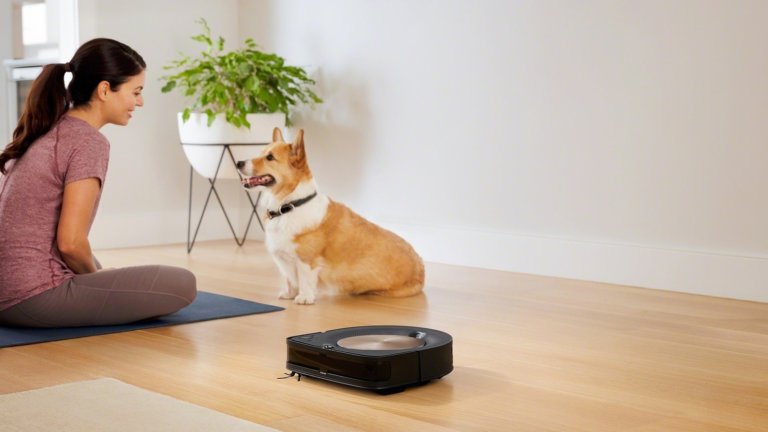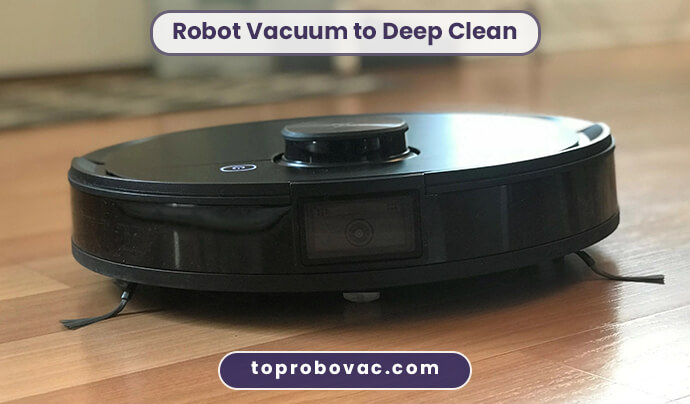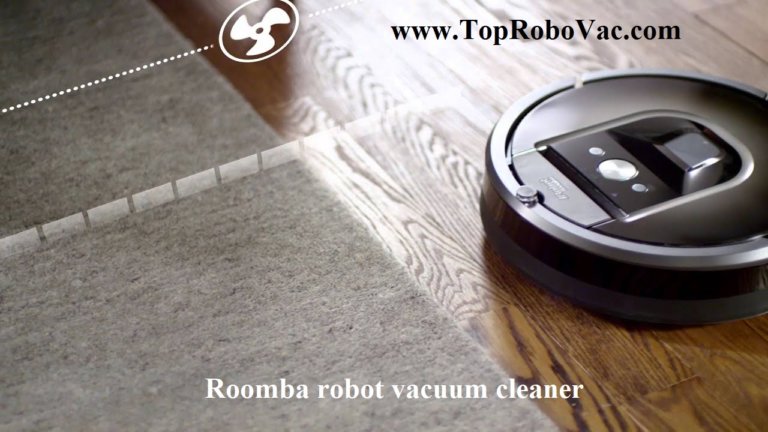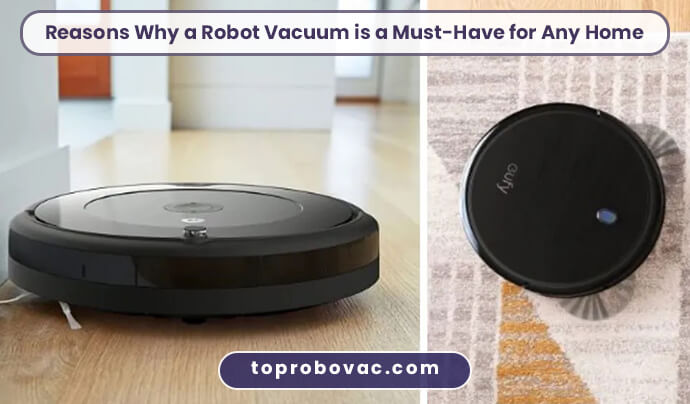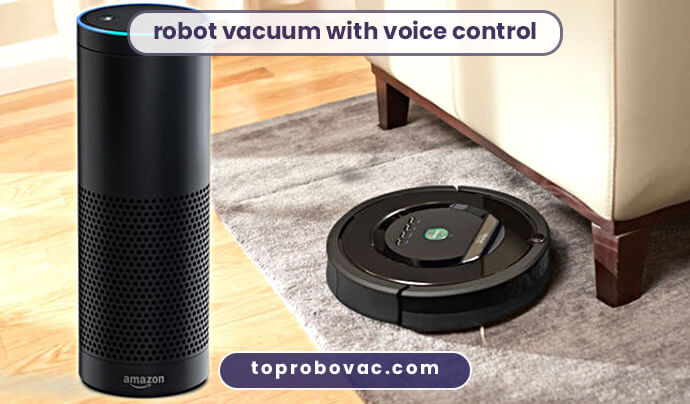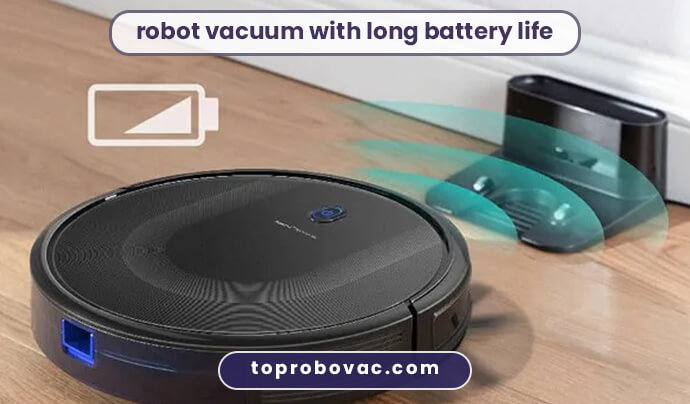Do Robot Vacuums Work on Carpets : Myth or Miracle?
Executive Summary
Robot vacuums have revolutionized household cleaning, but the question remains: Do Robot Vacuums Work on Carpets? In this executive summary, we delve into the myth versus reality surrounding the capabilities of robot vacuums on carpets. While many tout these gadgets as miracles of modern technology, skepticism lingers regarding their efficacy on carpeted surfaces. By scrutinizing their design, suction power, and navigation systems, we aim to uncover the truth behind their performance. From low-pile to high-pile carpets, the suitability of robot vacuums varies, raising doubts and expectations alike. As we navigate through this discourse, we confront common misconceptions and weigh the practicality of robot vacuums in carpet maintenance. Whether they live up to the hype or fall short of expectations, understanding their functionality on carpets is pivotal in discerning their value in the realm of household cleaning. Join us on this journey as we unravel the enigma of robot vacuums on carpets.
Robot vacuums are designed to work on carpets, and many models can work on carpets. However, the performance of a robot vacuum on carpets can vary depending on the carpet’s type and thickness and the vacuum’s power and capabilities. Some robot vacuums may struggle with deep pile carpets or thick shag carpets, but most models should be able to clean low to medium-pile carpets effectively. It is essential to carefully consider the features and capabilities of a robot vacuum before purchasing one to ensure that it is suitable for your specific needs and flooring surfaces.
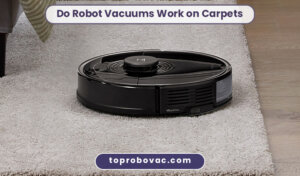
Do Robot Vacuums Work on Carpets? – 4 Factors to be considered.
- Thickness and density of the carpet
- Debris and dirt
- Variety of cleaning methods
- Choose a model that is well suited for carpet
Let us discuss each factor in detail.
1. Thickness and density of the carpet
A carpet’s thickness and density can impact a robot vacuum’s performance. Thicker and denser mats may be more challenging for the vacuum to navigate and clean effectively, as the bristles on the brush roll may not reach the base of the carpet fibers. This can result in incomplete cleaning and potentially even damage to the carpet. However, many robot vacuums are specifically designed for use on carpets and should be able to handle low to medium-pile carpets without any problems. If you have a particularly thick or dense rug, it may be worth looking for a robot vacuum with strong suction power and larger brush rolls to ensure thorough cleaning. It is essential to carefully consider the capabilities of a robot vacuum before purchasing one to ensure that it is suitable for your specific needs and flooring surfaces.
2. Debris and dirt
The amount of debris and dirt in a carpet can impact the performance of a robot vacuum. If a rug is heavily soiled or covered in large pieces of trash, it may be more challenging for the vacuum to clean it effectively. Some robot vacuums may need help picking up larger pieces of debris or more suction power to thoroughly remove fine dirt and dust particles from the carpet fibers. However, many robot vacuums are equipped with advanced sensors and potent suction to tackle various debris and dirt types effectively. It is essential to carefully consider the capabilities of a robot vacuum before purchasing one to ensure that it is suitable for your specific cleaning needs and flooring surfaces.
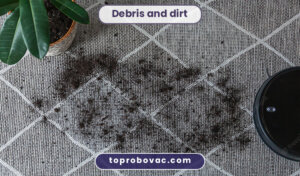
3. Variety of cleaning methods
The cleaning method used by a robot vacuum can impact its effectiveness on carpets. Some robot vacuums use a combination of suction and a brush roll to clean carpets, while others rely solely on suction. The brush roll type and the bristles’ arrangement can also affect the cleaning performance. For example, some robot vacuums have brush rolls with long, flexible bristles that are effective at dislodging dirt and debris from carpet fibers. In contrast, others have shorter, stiffer bristles that may be better suited for picking up larger pieces of debris. It is essential to consider the cleaning method and brush roll design of a robot vacuum when determining its suitability for use on carpets.
4. Choose a model that is well-suited for carpet
When choosing a robot vacuum for carpets, selecting a well-suited model for this type of flooring is essential. Look for a robot vacuum with strong suction power and a brush roll design that effectively removes dirt and debris from carpet fibers. Some models may also have features specifically designed for carpets, such as carpet boost mode, which increases suction power when cleaning carpets. It is also helpful to read customer reviews and research the capabilities of different models before making a decision.
Conclusion
Reading reviews from other clients before purchasing a robot vacuum can help determine its suitability for use on carpets. Customers who have used the vacuum on carpets can provide valuable insights into its performance and any challenges they may have encountered. For example, they may mention whether the vacuum struggled to navigate thick or dense carpets or struggled to pick up certain types of debris. Reviews can also provide information on the vacuum’s suction power and the brush roll’s effectiveness at cleaning carpets. It is essential to read a variety of studies from different customers to get a well-rounded understanding of the performance of the vacuum on carpets.
Frequently Asked Questions
Here are some frequently asked questions about the use of robot vacuums on carpets:
Q. Will a robot vacuum damage my carpet?
Most robot vacuums are designed for carpets and should not cause any damage. However, following the manufacturer’s instructions is always a good idea to ensure proper care and maintenance of the vacuum and your carpet.
Q. Can a robot vacuum effectively clean thick carpets?
Cleaning of thick carpets depends on the specific model and its capabilities. Some robot vacuums may struggle with a deep pile or thick shag carpets, but most models should be able to clean low to medium-pile carpets effectively. If you have a particularly thick carpet, it may be worth looking for a robot vacuum with strong suction power and larger brush rolls to ensure thorough cleaning.
Q. How do I choose a robot vacuum that is suitable for use on carpets?
When selecting a robot vacuum for use on carpets, consider the thickness and density of the carpet, as well as the type and amount of debris and dirt. Look for a model with reliable suction power and a brush roll design that effectively removes dirt and debris from carpet fibers. It is also helpful to read customer reviews and research the capabilities of different models before making a decision.
Q. How often should I use a robot vacuum on my carpet?
Using a robot vacuum on a carpet depends on the specific needs of your carpet and your personal preferences. Some people may find it necessary to use a robot vacuum on their carpets daily, while others may be able to go a few days between cleanings. Using a robot vacuum on carpets at least once a week is recommended to maintain a clean and healthy living environment.
